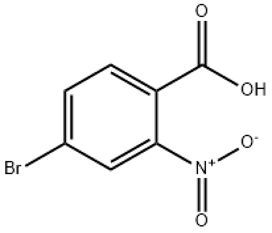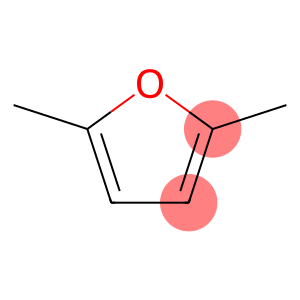Isophorone(CAS#78-59-1)
| Hazard Symbols | Xn – Harmful |
| Risk Codes | R21/22 – Harmful in contact with skin and if swallowed. R36/37 – Irritating to eyes and respiratory system. R40 – Limited evidence of a carcinogenic effect |
| Safety Description | S13 – Keep away from food, drink and animal foodstuffs. S23 – Do not breathe vapour. S36/37/39 – Wear suitable protective clothing, gloves and eye/face protection. S46 – If swallowed, seek medical advice immediately and show this container or label. |
| UN IDs | UN 3082 9 / PGIII |
| WGK Germany | 1 |
| RTECS | GW7700000 |
| TSCA | Yes |
| HS Code | 2914 29 00 |
| Toxicity | LD50 in male, female rats and male mice (mg/kg): 2700 ±200, 2100 ±200, 2200 ±200 orally (PB90-180225) |
Introduction
It has a camphor-like smell. The dew becomes a dimer, which is oxidized in the air to produce 4,4, 6-trimethyl-1, cyclohexanedione. Soluble in alcohol, ether and acetone, miscible with most organic solvents, solubility in water: 12g/L (20°C). There is the possibility of cancer. There’s tear-jerking irritation.
Write your message here and send it to us




![4-(Methoxycarbonyl)bicyclo[2.2.1]heptane-1-carboxylicacid (CAS# 15448-77-8)](https://www.xinchem.com/uploads/4Methoxycarbonylbicyclo221heptane1carboxylicacid.png)



